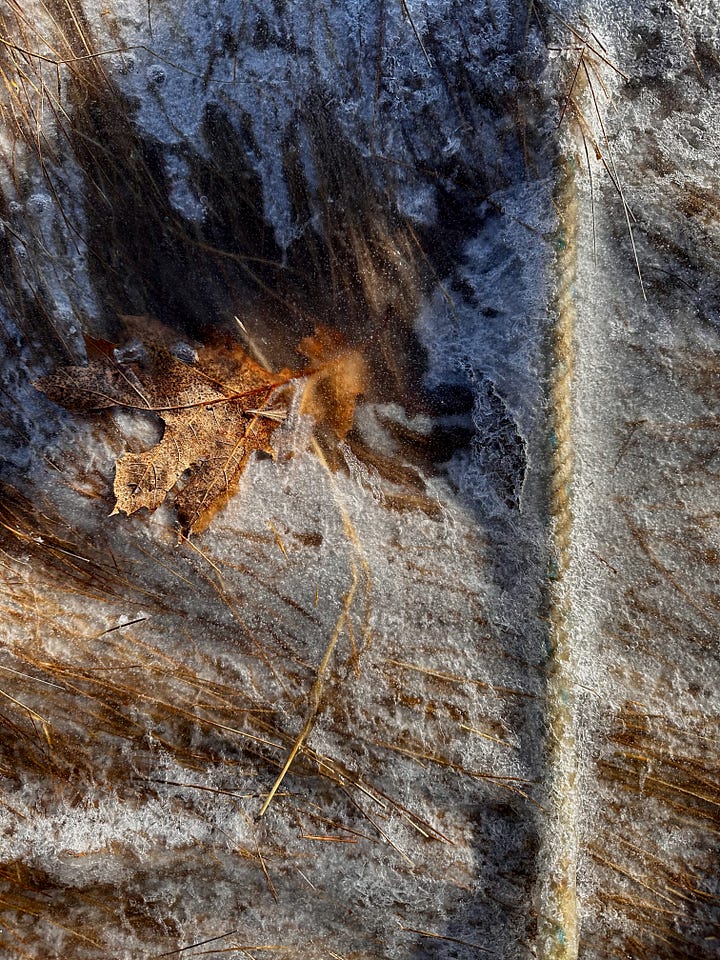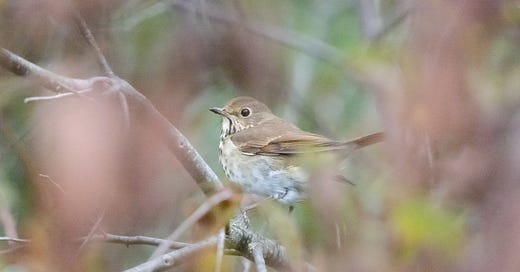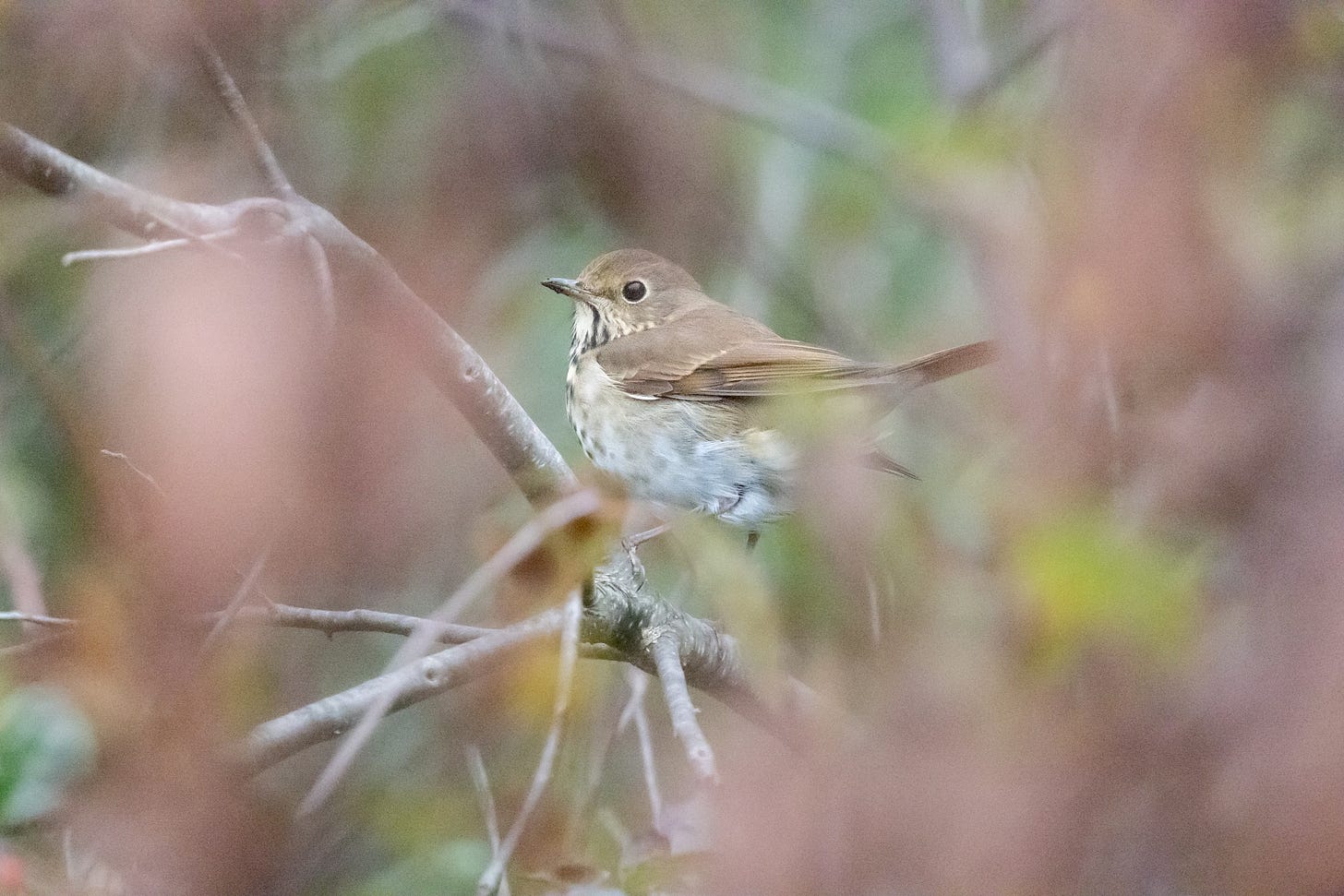The dogs and I are standing on the edge of the frozen marsh. The rising sun has just crested the distant tree line. The wan sunlight is only capable of reflecting off ice, devoid of warmth, a pale shadow of its summer force. The warmth of the morning fireplace slips away quickly as the cold tendrils of the wind search out unguarded skin.
The dull gray boot-sucking mud on the flats has been replaced by a shiny thin glaze of ice that magnifies the feeble sunlight. At the end of the cove, the ice climbs up onto the side of the causeway, marking the predawn high point of the frigid water. The nascent ice redefines an old forgotten rock footpath stretching across the mud to the far island. It was an impressive low tide labor of love to move the rocks so many years ago, likely before the causeway was laid. I can imagine the cursing with pinched fingers and the laughter following falls into the mud and water. Now the sinking path is mostly hidden by rockweed and only reemerges in the right light.


Canada geese fly in and settle down to rest on the ice, a chilly vision that pushes me off the windy marsh and up the hill into the sheltering trees.
The air in the woods is mercifully still. The lack of leaves allows even the weak winter sun to pierce the shadows and create patterns of light across the forest floor. At viewpoints along the trail, I survey the brush and saplings that are so full of life and green foliage during the spring and summer. The trees behind me are alive with the calls of chickadees and woodpeckers, but the brush is quiet. I know there are deer and cardinals and wrens that inhabit this scruffy right of way year round, but the cold likely has them conserving all possible energy just to endure.
Coming out of the spruce and fir woods again into the brush under the power line, I pause to look and listen for activity. Out of the corner of my eye, I see a flicker of movement. There is a thick stand of winterberry, but I can only see the gray stems and a few red berries. I use my binoculars and finally find a hermit thrush tucked into the middle of the thicket. Its back is to me and I watch as the rufous tail is slowly raised and lowered, a familiar metronomic trait. The bird turns in partial profile and I study the bright eye, alert and quiet. A thin white eye ring stands out against the dull gray-grown plumage. I take a step to get a better view and the thrush flies to my right out of sight in even denser brush. Its distinctive “chup” call is repeated several times, a nice auditory confirmation of this rare winter bird. I continue down the path looking carefully, but the bird flushes again across the trail and further out of sight.
We wander back to the marsh and, although the cutting wind is still present, stop to absorb the scene. The winter sun is a bit higher; the ice sparkles and every exposed rock is a cascade of glitter. I crunch across the marsh grass and scan the far woods and across the frozen mudflats. The ice has pushed the usual sea ducks out to the limits of my binoculars. In spite of the bitter temperatures, the weak sunlight has created enough heat shimmer that I cannot distinguish one bird from another. We head inside to thankfully warm up by the fire.






This is lovely! I’m happy you found the thrush!
Excellent. I feel the cold and the beauty along with you.